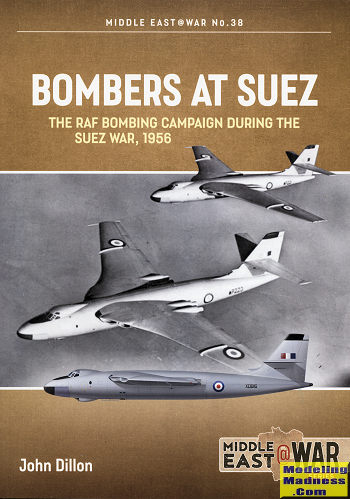 After WWII,
Britain fairly rapidly lost much of what was once a very large empire. While the
empire was disappearing, the attitude was not. This was fairly obvious in the
reaction of then prime minister Anthony Eden to the take-over of the Suez canal
by then Egyptian president Abdul Nassar. Working with the French and the
Israelis, plans were made for the British to take over control of the canal from
the Egyptians. This was very much opposed by the US president, Dwight Eisenhower
and so the United States had no part in the subsequent hostilities.
After WWII,
Britain fairly rapidly lost much of what was once a very large empire. While the
empire was disappearing, the attitude was not. This was fairly obvious in the
reaction of then prime minister Anthony Eden to the take-over of the Suez canal
by then Egyptian president Abdul Nassar. Working with the French and the
Israelis, plans were made for the British to take over control of the canal from
the Egyptians. This was very much opposed by the US president, Dwight Eisenhower
and so the United States had no part in the subsequent hostilities.
As many of you know, this was the pretext of the 1956
invasion of Egyptian territory by the Israelis, and in fact, pretty much all the
ground fighting was accomplished by the Israeli Army. For the British and the
French, the majority of their efforts took place in the air. It is in this
context that this book concentrates its efforts. Narrowing things down even more
is that it only deals with bomber operations by the RAF.
At this time, the major bomber aircraft were the fairly
new Vickers Valiant and the E.E. Canberra. The Valiant was designed as a nuclear
bomber and was, frankly, not really suited for precision iron bomb operations.
The Canberra, on the other hand, was well suited for this task, but was limited
in the number of bombs that it could carry. One does not simply just start
flying missions. Bases have to be found and stocks have to be positioned. For
the RAF, it was fairly limited in regards to from where it could operate. Due to
political considerations, it could only really operate from Malta and Cyprus.
Malta meant a fairly long run which the Valiants could accomplish, but was
fairly much at the limit for the Canberras. In Cyprus, there was only one base
that could accommodate bombers and this one, at Nicosia, was not a big base so
crowding would be an issue.
The author has done a superb job of researching this
aspect of the Suez war, using both first hand accounts as well as squadron logs
to make sense of the sequence of events. As in all record keeping, there are
times when what is written conflicts with reality and those areas are
acknowledged by the author. What evolves is a tale of poor planning at the
higher levels, insufficient planning at local levels, mistakes and fairly poor
performance by the aircraft and crews involved. Each mission is covered in as
much detail as possible so the reader gets a good idea of what was going on at
the time. In the end, the Suez War/Crisis was a major catastrophe for the
British government, with the Israelis having to wait until another time to take
over the Sinai and a UN peace-keeping force put in place which was the first
time such a force was used.
As is the norm with these books from Helion, the
research is first rate. The authors have interviewed a number of the
participants and are able to provide the sorts of insights that you cannot get
from other sources. The book has some very nice period photos as well as a
center section that includes full color profiles and illustrations. In all, it
adds to what is a superb series of histories and is a book that I can highly
recommend to you.
November 2021
Copyright ModelingMadness.com. All rights reserved. No
reproduction in part or in whole without express permission.
Review book courtesy of
Casemate Publishing, where you can order your copy
at this
link.
If you would like your product reviewed fairly and
fairly quickly, please
contact
the editor or see other details in the
Note to
Contributors.
 After WWII,
Britain fairly rapidly lost much of what was once a very large empire. While the
empire was disappearing, the attitude was not. This was fairly obvious in the
reaction of then prime minister Anthony Eden to the take-over of the Suez canal
by then Egyptian president Abdul Nassar. Working with the French and the
Israelis, plans were made for the British to take over control of the canal from
the Egyptians. This was very much opposed by the US president, Dwight Eisenhower
and so the United States had no part in the subsequent hostilities.
After WWII,
Britain fairly rapidly lost much of what was once a very large empire. While the
empire was disappearing, the attitude was not. This was fairly obvious in the
reaction of then prime minister Anthony Eden to the take-over of the Suez canal
by then Egyptian president Abdul Nassar. Working with the French and the
Israelis, plans were made for the British to take over control of the canal from
the Egyptians. This was very much opposed by the US president, Dwight Eisenhower
and so the United States had no part in the subsequent hostilities.